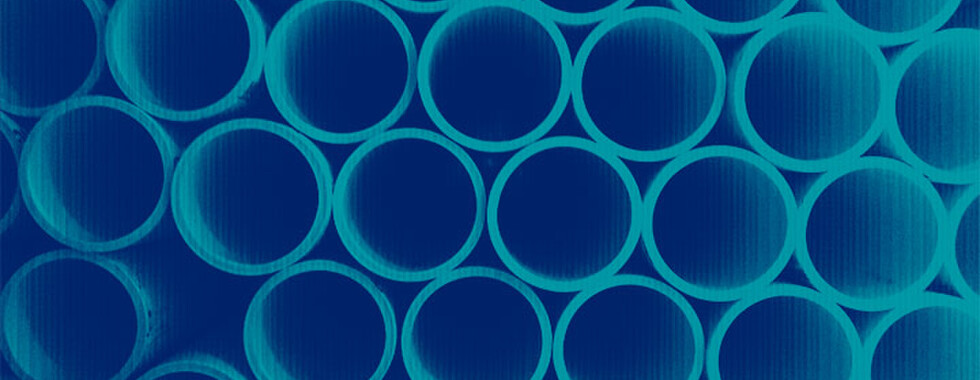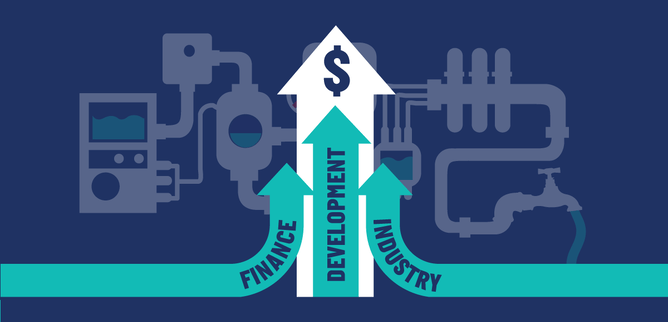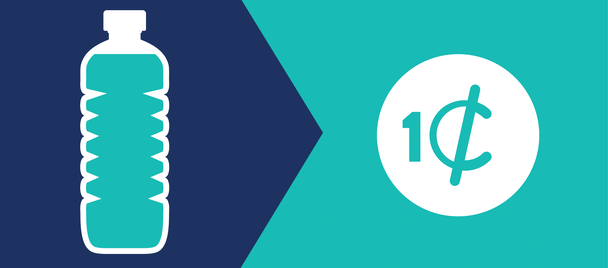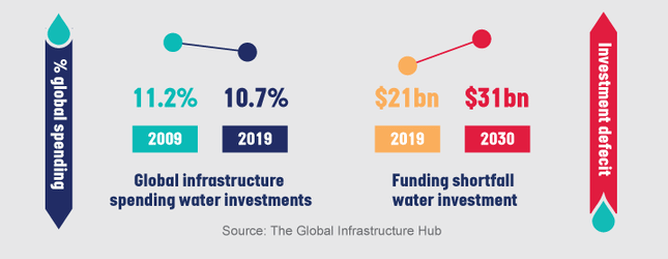By Chris Sellers (CEO)
Originally posted on LinkedIn:
In a week when the Davos World Economic Forum gets under way and the movers and shakers from the world of politics and finance jet in to listen to Greta Thunberg talk, it’s worth remembering the words of another teenage activist at the launch event. Autumn Peltier, who has been campaigning for clean water since she was 8, told the conference; “If you have an idea, or a solution, or a way you can help us, just do it.”
That’s a quote which resonates with us, because Water Unite is doing just that. We recognise there exists an environmentally-aware generation searching for effortless solutions to complex problems. They want to help, they just need a way that makes it easy and affordable. Our answer is an innovative micro-levy on bottled water, which raises funds to invest in inspiring, innovative and life-changing projects designed to end water poverty and plastic waste around the world.
Challenging the model
The micro-levy is simple. One cent is contributed for each one litre sold. But when you consider the millions of bottles of water bought every week around the world, the potential is enormous. We’re aiming to raise US$100-$200 million in the next 2 years and, if every retailer joins up, we could raise billions to achieve our goals of investing in sustainable water, sanitation, hygiene and recycling schemes around the world.
As someone with over 25 years experience in global consumer brands and the retail industry, and who has pioneered the innovative use of technology to drive knowledge, efficiency and growth, I have seen new challenger brands enter the market and take the retail space by storm. They’ve had the courage to do things differently. Their secret weapons are agility, accessibility, flexibility and an understanding of what people want and how they want to get it.
Water Unite is trying to bring the same thinking to a new arena that occupies both the retail and the charity worlds. Ours is a different way of approaching finance, fundraising and investment. One that both predates and reflects the theme of this year’s Davos summit ‘Stakeholders for a cohesive and sustainable world’. Our aim from the beginning has been to shake up accepted models and offer a sustainable alternative where fundraising becomes an ongoing, mutually beneficial value exchange between consumer, retailer and fundraiser.
The micro levy in action
The micro-levy model is a sustainable, easily understood way to raise much needed funds. We use what we raise to invest in innovative, cutting-edge projects and models for tackling water poverty, improving poor sanitation and eliminating plastic pollution. It’s an ideal way to get much needed investment into the ‘missing middle’ that exists between traditional philanthropy and large scale official development assistance.
In this fertile ground the innovators, inventors and entrepreneurs are coming up with life-changing ideas and they need the kind of investment we can provide. Not all of the projects we invest in will succeed, but when they do they can make a real difference. And that makes the risks worthwhile because just a few successes mean the rewards can be exceptional.
If you look at the Gjenge project we’ve been helping to fund in Kenya you can see our investment model in action. They’re a business that’s producing building bricks from discarded plastic. Like so many good ideas, it’s a simple concept. The business employs 112 people from marginalised communities as plastic pickers. They collect discarded plastic which is then recycled into plastic bricks which are sold on to literally help build communities. It’s a win-win for all involved. People who would otherwise have not had the opportunity to work can do so, while the effects of plastic pollution are alleviated. Our investment is now helping them to scale up and expand their operation to make a bigger impact in local communities.
An idea that sells itself
The micro-levy funding model is getting results, not just for us, but for the retailers who have the courage and commitment to come on-board. More and more retailers are accepting sustainability as a core strategy and CSR departments are looking for innovative ways to meet their commitments to customers, the environment and to the Sustainable Development Goals they are tasked with meeting.
The simplicity of the levy makes it easy for customers to understand and contribute towards. Retailers know the money they raise is being targeted towards real projects that stand a real chance of making a big impact in vital areas. This, in turn, can help differentiate them in a competitive market by offering consumers a direct, easily achievable way to make a real impact on issues that matter.
Governments and the public sector are also buying into new finance and investment models like the micro-levy, because it reflects the way they want to work in future and it will help to fill the Sustainable Development Goal funding gap already identified by the United Nations. The Secretary General of the United Nations has already identified that ‘private finance is an essential component of the financing of the 2030 agenda.’
Moving forward, creating transparent investment partnerships that combine Official Development Assistance (ODA), grants, capital and structured finance will enable the delivery of more projects, more efficiently. And, in many cases these public sector partners, organisations and development agencies will often be willing not just to match the funds raised by innovative finance models, but to leverage and multiply them.
Which brings us back to Davos and the great and the good who will be busy discussing, debating and deliberating about how to create that cohesive and sustainable future this week. I’d like to simply point them in our direction. They’ll see the simple solutions they’re searching for are already out there and rapidly gaining momentum.



